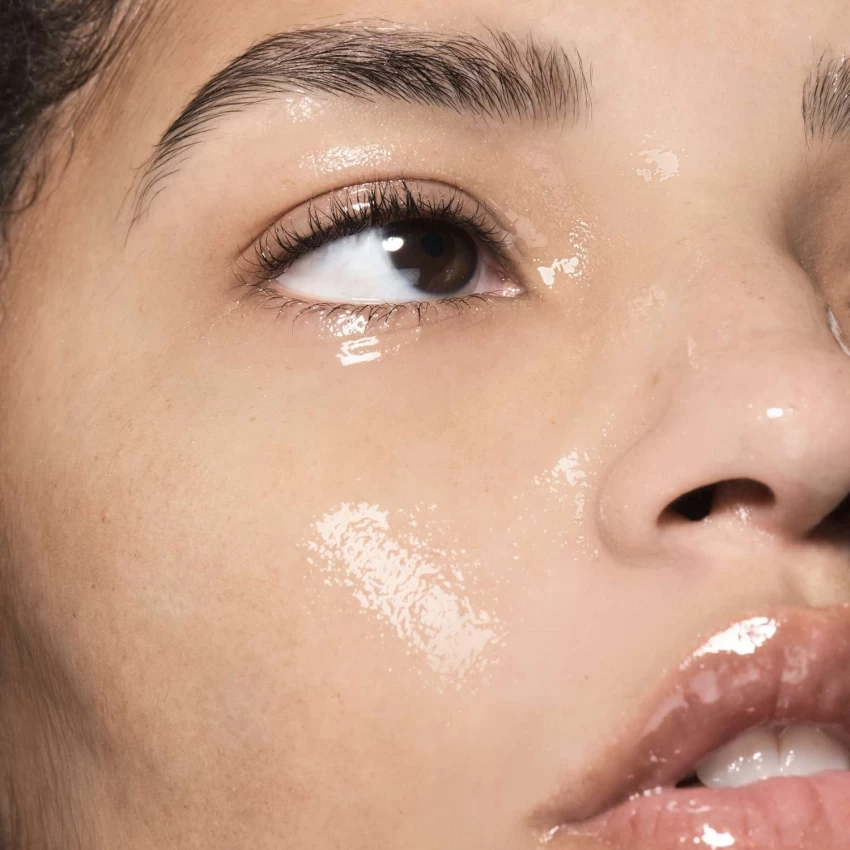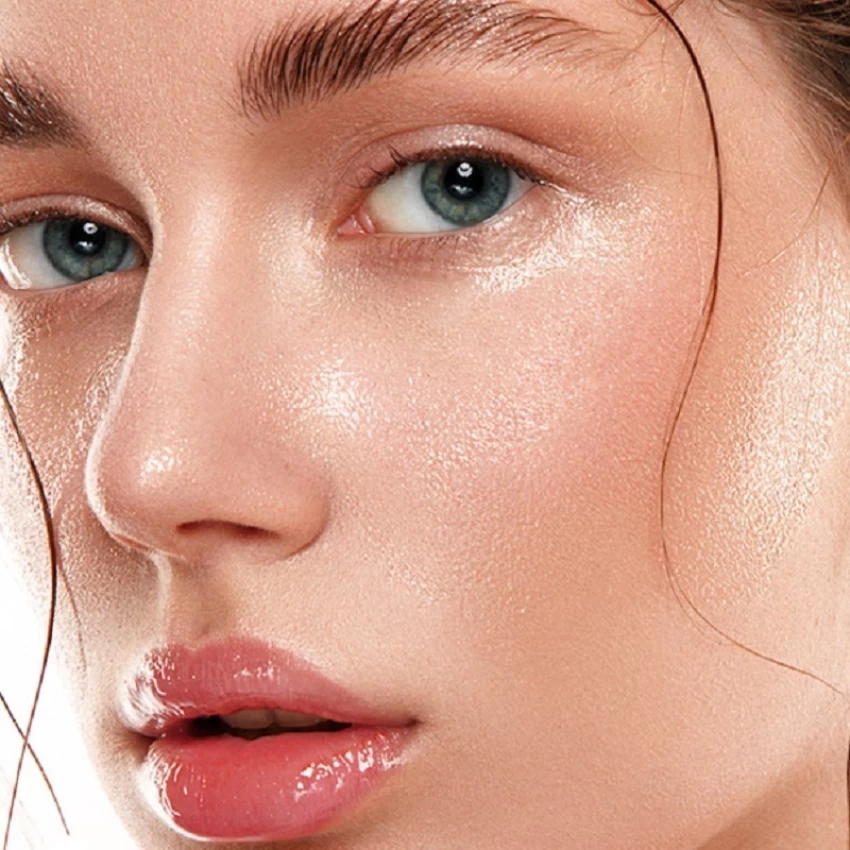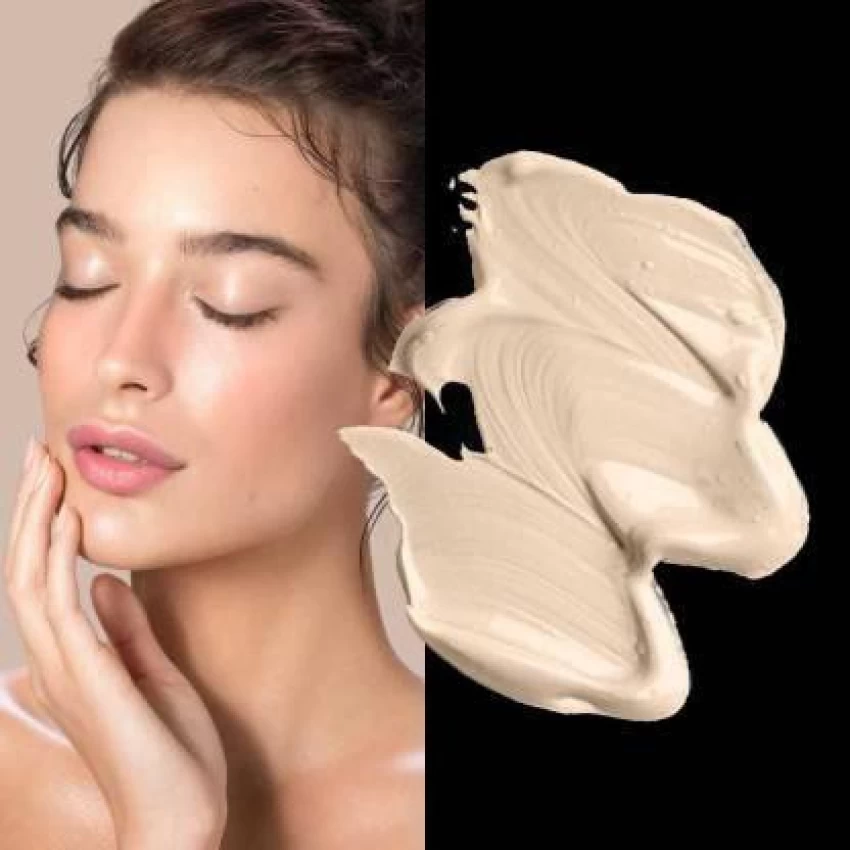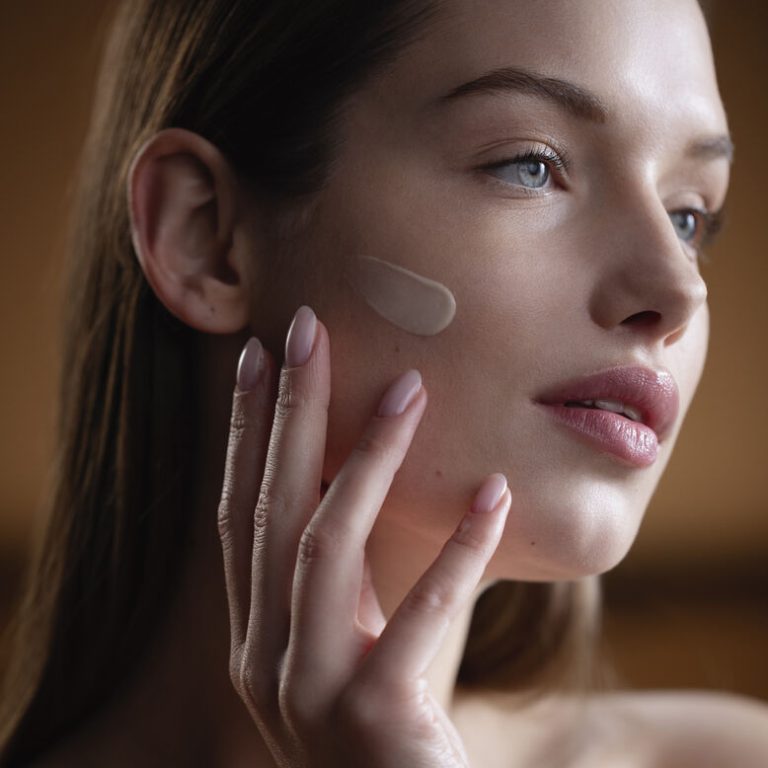
The Ultimate Guide to Face Primer for Dry Skin
Understanding Dry Skin and the Importance of Face Primer
Dry skin presents unique challenges when it comes to makeup application and overall skin health. It often feels tight, looks flaky, and can make foundation appear patchy or uneven. Dry skin lacks the natural oils needed to keep it hydrated and supple. This can lead to premature aging, fine lines, and an overall dull complexion. Choosing the right face primer becomes crucial for those with dry skin. A good primer can create a smooth canvas for makeup application. It helps hydrate the skin, fill in fine lines, and ensure longer-lasting makeup.
Primers designed for dry skin often contain moisturizing ingredients that nourish and protect. They create a barrier between the skin and makeup, preventing further moisture loss. With the right primer, dry skin can look dewy, plump, and radiant all day long. Face primers offer numerous benefits for those with dry skin. They provide an extra layer of hydration before makeup application. Primers help smooth out any dry patches or flakiness on the skin’s surface.
They create a more even texture, allowing foundation to glide on seamlessly. Primers can help minimize the appearance of fine lines and wrinkles. They fill in pores and create a blurred effect, giving the skin a more youthful appearance. Many primers for dry skin contain nourishing ingredients that improve skin health over time. They can help protect the skin from environmental stressors and pollutants. Primers extend the wear time of makeup, preventing it from settling into dry areas. They can give dry skin a natural, dewy glow that lasts throughout the day.
Key Ingredients to Look for in Face Primers for Dry Skin
When choosing a face primer for dry skin, certain ingredients prove particularly beneficial. Hyaluronic acid stands out as a powerful humectant that attracts and retains moisture. Glycerin helps to hydrate and soften the skin, creating a smooth base. Vitamin E acts as an antioxidant, protecting the skin from free radical damage. Jojoba oil closely mimics the skin’s natural sebum, providing nourishment without clogging pores.
Ceramides help strengthen the skin’s barrier function, preventing moisture loss. Squalane offers lightweight hydration that sinks in quickly without feeling greasy. Aloe vera soothes and hydrates, making it ideal for sensitive dry skin. Shea butter provides rich moisturization and helps improve skin elasticity over time. Niacinamide helps improve skin texture and minimize the appearance of pores. Peptides can help stimulate collagen production, improving skin firmness and elasticity. Dimethicone, a type of silicone, creates a smooth surface and helps lock in moisture.
Natural oils like argan or marula can provide deep nourishment for very dry skin. Look for primers that contain a combination of these beneficial ingredients. This multi-pronged approach can address various aspects of dry skin concerns. Some primers also include light-reflecting particles that create an optical illusion of smoother skin. Consider primers with skin-identical lipids that help strengthen the skin’s natural barrier. Caffeine can help tighten the skin and reduce puffiness, beneficial for dry skin. Antioxidants like green tea extract can protect dry skin from environmental damage. Panthenol, or pro-vitamin B5, helps soothe and hydrate dry, irritated skin.
Top Face Primers for Dry Skin
Several standout primers effectively address the needs of dry skin, earning rave reviews from users. Too Faced Hangover Replenishing Face Primer hydrates the skin with coconut water and probiotics. It creates a dewy finish and helps makeup last longer on dry skin. Laura Mercier Pure Canvas Primer – Hydrating offers intense moisturization with olive extract and glycerin. It creates a smooth, hydrated base that extends makeup wear time.
Hourglass No. 28 Primer Serum combines 28 beneficial ingredients for dry, aging skin. Its oil-based formula nourishes the skin while creating a smooth canvas for makeup. Smashbox Photo Finish Primerizer acts as both a moisturizer and primer for dry skin. It contains hyaluronic acid and niacinamide to hydrate and improve skin texture. Bobbi Brown Vitamin Enriched Face Base doubles as a moisturizer and primer for dry skin. It contains shea butter and vitamins B, C, and E for intense nourishment.
Fenty Beauty Pro Filt’r Hydrating Primer grape seed oil and sodium hyaluronate to hydrate dry skin. It creates a smooth, hydrated base that works well under all foundations. Becca Backlight Priming Filter creates a luminous glow while hydrating dry skin. Its lightweight formula contains vitamin E and moisturizing waxes for a radiant finish. Cover FX Gripping Primer provides intense hydration while ensuring makeup stays put all day. It contains glycerin and jojoba oil to nourish and protect dry skin. Tatcha The Silk Canvas Protective Primer uses silk extracts to create a smooth, poreless canvas. It contains nourishing ingredients that improve skin health over time.
How to Choose the Right Face Primer for Your Dry Skin
Selecting the perfect face primer for dry skin requires consideration of several factors. Consider your skin’s specific needs, such as level of dryness and sensitivity. Look for primers labeled as hydrating, moisturizing, or specifically for dry skin. Check the ingredient list for the nourishing components mentioned in the previous section. Avoid primers with alcohol or fragrances, which can further dry out the skin. Consider your preferred finish – dewy, satin, or natural – when selecting a primer. Think about your makeup routine and choose a primer that complements your foundation.
Test primers on a small patch of skin to check for any adverse reactions. Read reviews from others with dry skin to get real-world feedback on different products. Consider the climate you live in when choosing a primer for dry skin. In humid environments, opt for lighter formulas that won’t feel heavy on the skin. For cold, dry climates, choose richer primers that provide intense hydration and protection. If you have combination skin with dry patches, look for primers that balance both concerns.
Consider your budget, as primers range from drugstore to high-end luxury options. Look for travel-sized options to test different primers before committing to a full-size product. Pay attention to how the primer interacts with your other skincare and makeup products. Some primers may work better with certain foundation formulas than others. Consider multi-tasking primers that offer additional benefits like sun protection or anti-aging properties. If you have sensitive dry skin, look for primers with minimal ingredients and no potential irritants.

Proper Application Techniques for Face Primer on Dry Skin
Applying face primer correctly can maximize its benefits for dry skin. Start with a clean, moisturized face to create the best base for primer. Allow your moisturizer to fully absorb before applying primer to prevent pilling. Use a small amount of primer – a little goes a long way. Warm the primer between your fingers before applying to help it spread evenly. Gently pat or press the primer into the skin rather than rubbing. Focus on areas prone to dryness or where makeup tends to fade first.
Allow the primer to set for a minute before applying foundation. Consider using a damp beauty sponge to apply foundation over the primer. This technique can help prevent disturbing the primer layer underneath. For extremely dry areas, consider applying a thin layer of facial oil before primer. Use gentle, upward motions when applying primer to avoid tugging on the skin. Pay special attention to areas with visible pores or fine lines.
These areas may benefit from a bit more primer. Don’t forget to extend the primer down to your neck for a seamless look. If using multiple primers for different concerns, apply them in thin layers. Start with the most hydrating primer and layer others as needed. Some makeup artists recommend applying primer with a brush for more precise application. Others prefer using clean fingers, as the warmth helps the product melt into the skin. Experiment with different application techniques to find what works best for your skin. Remember that less is more – building up in thin layers often yields better results.
Combining Face Primer with Other Skincare Products for Dry Skin
Face primer works best as part of a comprehensive skincare routine for dry skin. Start with a gentle, hydrating cleanser that won’t strip the skin of natural oils. Follow with a hydrating toner or essence to add an extra layer of moisture. Apply a rich, nourishing moisturizer to lock in hydration before primer. Consider using a hydrating serum with ingredients like hyaluronic acid or niacinamide. Don’t forget to apply sunscreen, which is crucial for protecting dry, sensitive skin.
Allow each skincare product to absorb fully before applying the next layer. This prevents pilling and ensures each product can work effectively. Consider using a facial oil for extra nourishment, especially at night. Use a gentle exfoliant once or twice a week to remove dead skin cells. This helps primers and other products penetrate more effectively. Consider using a hydrating mask once a week for an extra boost of moisture.
Look for skincare products with similar ingredients to your primer for enhanced benefits. Use an eye cream to address the delicate skin around the eyes. This area often shows signs of dryness and aging first. Consider using a humidifier in your home to add moisture to the air. This can help combat environmental factors that contribute to dry skin. Adjust your skincare routine seasonally to address changing skin needs throughout the year. In winter, you may need richer products to combat harsh weather conditions. During summer, lighter formulas may suffice, even for dry skin.

Common Mistakes to Avoid and Future Trends in Face Primers for Dry Skin
Even with the right product, mistakes in primer application can hinder its effectiveness. Avoid applying too much primer, which can lead to pilling or caking. Don’t skip moisturizer – primer is not a replacement for proper hydration. Refrain from rubbing the primer too vigorously, which can irritate dry skin. Avoid using primers with mattifying properties, as these can exacerbate dryness. Don’t rush the application process – give each product time to absorb properly. Avoid using primers with conflicting ingredients to your other skincare products.
Don’t expect primer alone to fix extremely dry or dehydrated skin. Remember that primer is not a substitute for a good skincare routine. Avoid touching your face throughout the day, which can displace primer and makeup. Don’t forget to remove all makeup and primer thoroughly at the end of the day. Avoid sleeping with makeup on, as this can lead to clogged pores and skin irritation. The beauty industry continues to innovate, developing new solutions for dry skin concerns. Expect to see more multi-functional primers that offer skincare benefits along with makeup prep.
Advances in ingredient technology will likely yield even more effective hydrating compounds. Personalized primers, tailored to individual skin needs, may become more common. Sustainable and eco-friendly primer options will likely increase in availability and effectiveness. Primers with added sun protection may become standard for comprehensive skin health. Smart primers that adapt to skin’s changing needs throughout the day may emerge. Continued research into dry skin will inform the development of more targeted solutions. The line between skincare and makeup will continue to blur with advanced primer formulations.



